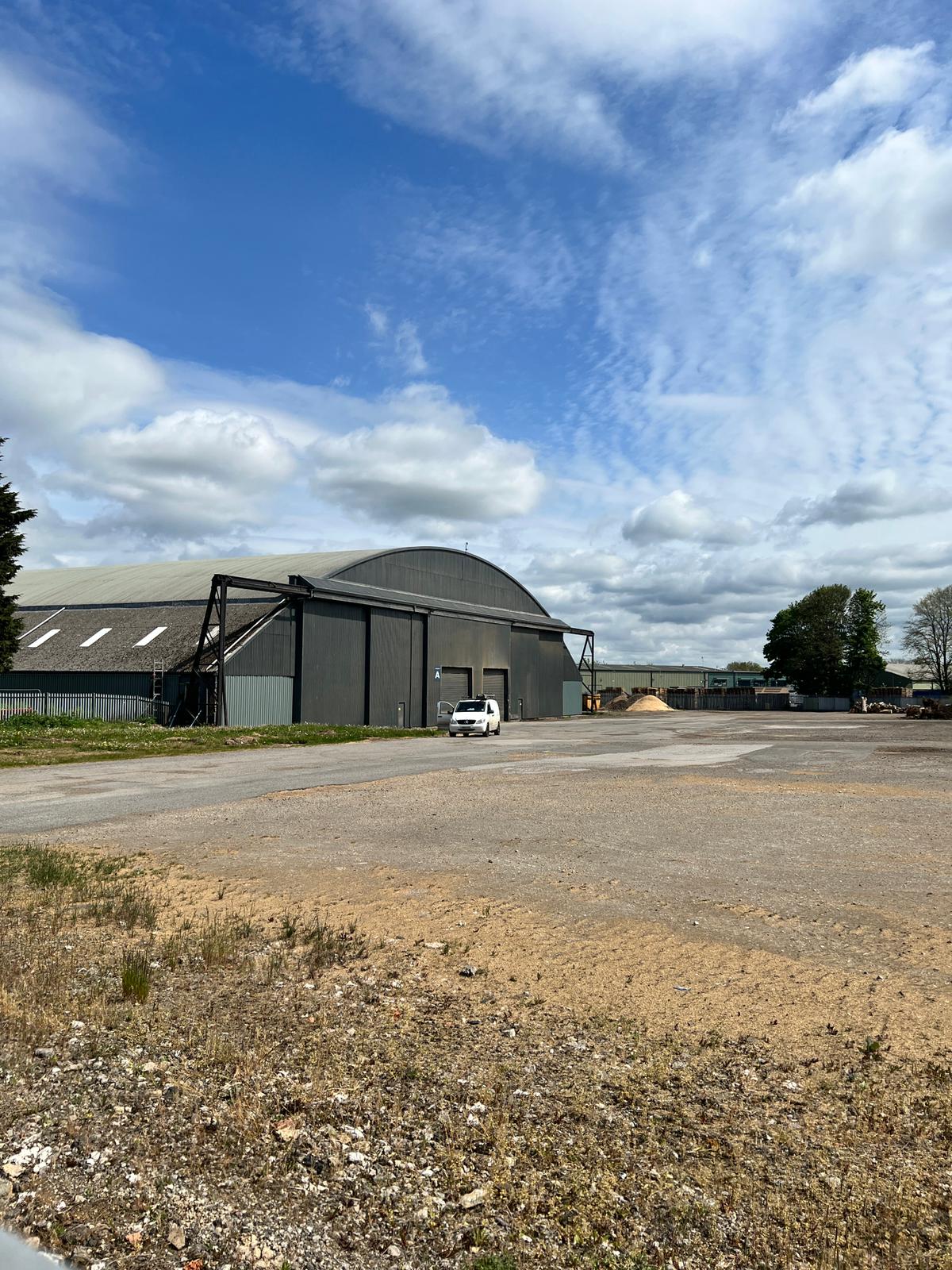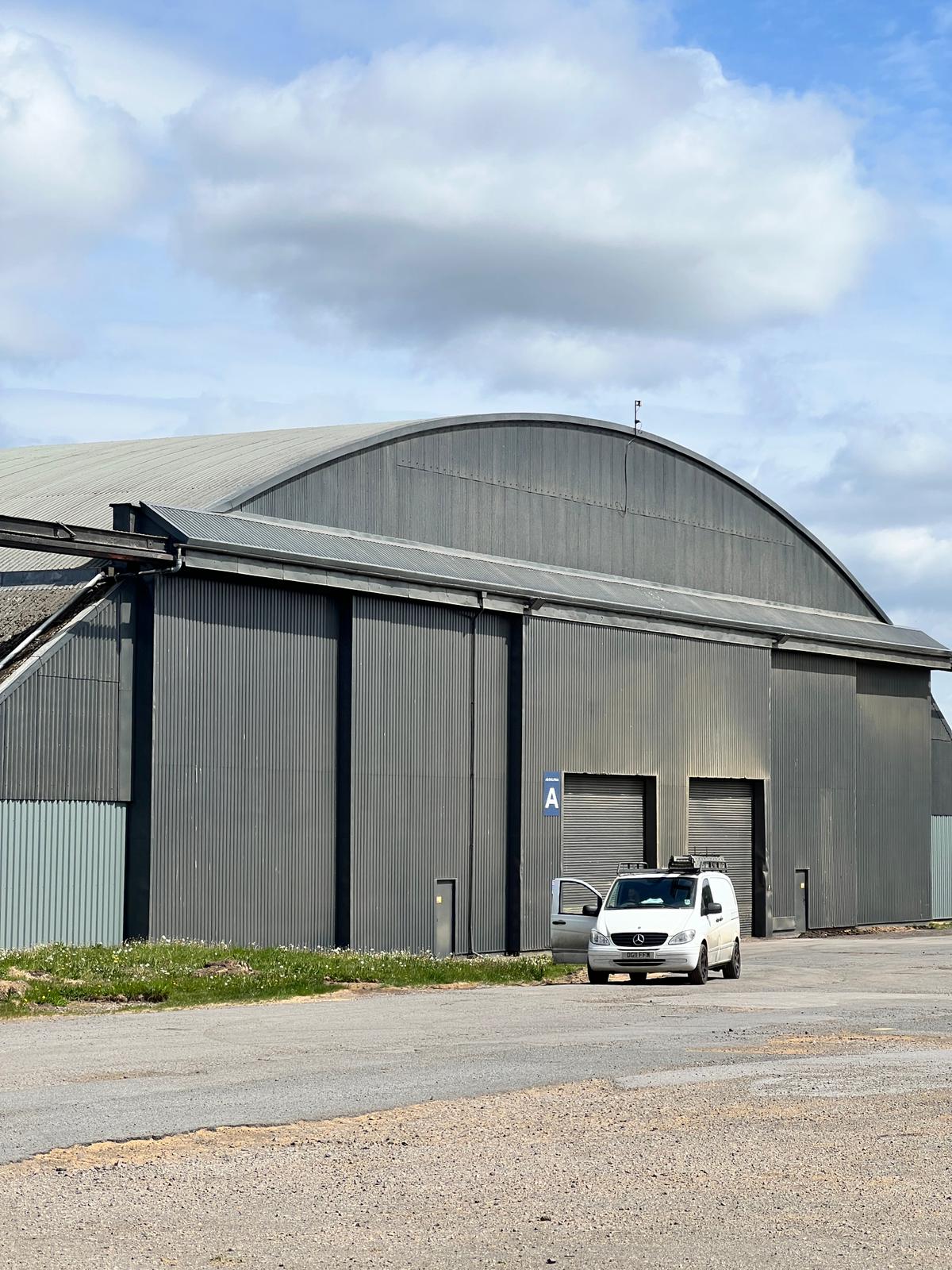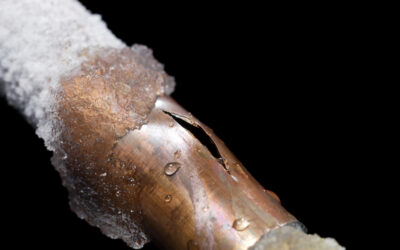Blended Products headquarters sits aside the A15 in North Lincolnshire. A road that may not bring much excitement to many, apart from the approach to the Humber Bridge. However, there is quite the bit of military history behind this part of road, as RAF Elsham Wolds was once situated under part of the A15 and around the area where Elsham Wolds Industrial estate now sits.


RAF Elsham Wolds opened in July 1941 and quickly became a key operational base for Bomber Command, specifically as part of No. 1 Group. It was home to the 103 and 576 Squadrons, flying the iconic Avro Lancaster bombers on night raids deep into enemy territory. These missions were perilous—navigating flak, searchlights, and enemy fighters—yet the crews returned night after night, demonstrating extraordinary bravery and determination.
The station was more than just a runway and a collection of hangars; it was a community. Over the course of the war, thousands of airmen, engineers, ground crew, and WAAF personnel passed through Elsham Wolds. Many came from across the UK and the Commonwealth—young men and women brought together by duty, forging lifelong bonds in the face of unimaginable danger.
Tragically, many did not return. The loss rate for bomber crews was among the highest of any Allied service branch, and RAF Elsham Wolds bears its share of that painful legacy. A memorial near the site stands today as a solemn reminder of those who gave their lives, ensuring their sacrifice is never forgotten.
Hull: One of the most bombed cities in the UK
Kingston upon Hull was the most severely bombed British city or town outside London during the Blitz. The city was targeted due to its important port, rail links, and industrial facilities. Over 90% of Hull’s housing stock was damaged or destroyed. Official figures list over 1,200 civilian deaths, but the real number may be higher. Over 150 bombing raids were recorded. The city’s name was often omitted from war reports for morale reasons, referred to only as a “North East coast town.”
So while Hull bore the brunt of the devastation, North Lincolnshire was very much on the wartime front line in terms of both strategic importance and its contribution to the war effort.
North Lincolnshire, including towns like Scunthorpe and Grimsby, did suffer bombing, though not on the same scale as Hull. Grimsby, as a fishing port and naval base, was targeted. Scunthorpe’s steelworks were considered strategically important and were bombed. Rural areas, including those near airfields like Elsham Wolds, occasionally experienced stray or targeted bombings, especially if German bombers were off course or jettisoning bombs on their way back.
While comprehensive bombing maps are less prevalent, the North Lincolnshire Aviation Heritage Centre offers insights into the air raids that affected the region.
While much of the original airfield has been repurposed for agriculture and industry, these remaining structures and memorials offer a meaningful connection to RAF Elsham Wolds’ storied past. One of the original wartime hangars (in the photo above) remains intact. Located within Elsham Wolds industrial estate, this hangar stands as a testament to the airfield’s operational past. A dedicated memorial stands beside a surviving J-type hangar, commemorating those who served at RAF Elsham Wolds during WWII
Portions of the original runways are still visible, though the construction of the A15 road has altered much of the landscape.
In the nearby village of Elsham, street signs feature the crests of 103 and 576 Squadrons, reflecting the community’s connection to the airfield.
As we mark VE Day, we remember not only the victory but also the price paid for it. RAF Elsham Wolds stands as a symbol of the quiet, relentless effort that helped turn the tide of the war. Its legacy lives on in the freedom we enjoy today.
9th May 1945
“Yesterday was VE Day. Unfortunately I was called out to Barrow in the middle of the party, but returned to help finish off the champagne. Still sober, the children and I then went for a midnight walk, and near Barrow cam across a huge stack-fire. Got back about 12.45am to find people dancing in the streets and letting off RAF flares. So we celebrated VE Day”.
A Doctors War – Tom Kirks diaries- Barton Remembered 1939 – 1945 part four.








